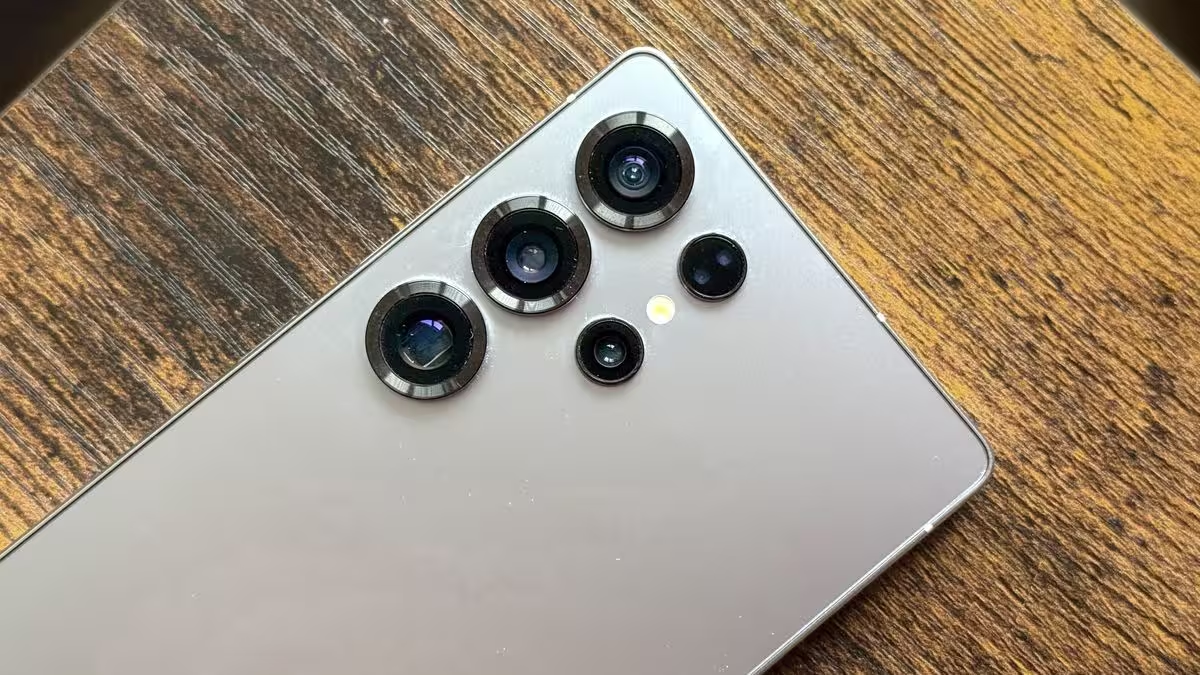3 Minutes
Samsung fans hoping for a major camera breakthrough in 2027 may need to lower their expectations. Recent leaks point to the Galaxy S27 Ultra sticking with a slightly revised 1/1.3" 200MP ISOCELL sensor rather than adopting Sony’s larger LYT-901.
Not the sensor leap many expected
Rumors had built momentum around Sony’s LYT-901 — a 1/1.12" 200MP sensor already praised for its large format and advanced features. But reputable leaker Ice Universe says Samsung won’t use it. That aligns with Samsung’s recent pattern: instead of increasing sensor size, the company has steadily moved toward smaller 200MP chips over successive generations.
- ISOCELL HP1: 1/1.22"
- ISOCELL HP2: 1/1.3"
- ISOCELL HP3: 1/1.4"
- ISOCELL HPX / HP9: 1/1.4"
Why does that matter? Smaller sensors with tinier pixels typically deliver weaker signals, which can translate into reduced dynamic range and noisier low-light images. In side-by-side camera tests, devices using larger sensors — such as the vivo X300 Pro and Oppo Find X9 Pro — often show advantages in detail and tonal richness, particularly in challenging lighting.

Sony’s LYT-901: what it would bring
Sony’s LYT-901 touts a larger imaging area and several flagship-grade features: 0.7 µm pixels, Quad-Quad Bayer Coding (QQBC), DCG-HDR, Fine 12-bit ADC and high-fidelity HDR modes. In practice, that package is designed to capture cleaner detail and better dynamic range when paired with strong optics and tuned processing.
Still, Samsung has leaned heavily on software to advance camera performance. Computational photography, smarter noise reduction and refined ISP tuning have helped Samsung extract more from largely unchanged hardware. That approach narrows the gap — but it can't fully replace the physical benefits of a larger sensor.
What this means for buyers and photographers
If the leaks hold true, the S27 Ultra will likely be an evolutionary camera upgrade rather than a generational leap. For enthusiasts who prioritize raw sensor performance, phones that adopt larger 200MP sensors may be more appealing. For users focused on a balanced flagship experience — software features, battery life and ecosystem — Samsung’s incremental improvements may still be the right call.
In short: don’t expect a dramatic camera revolution from the S27 Ultra. Expect steady refinement, with Samsung continuing to squeeze gains from software while competitors push the envelope on sensor size.
Source: gizmochina


Leave a Comment